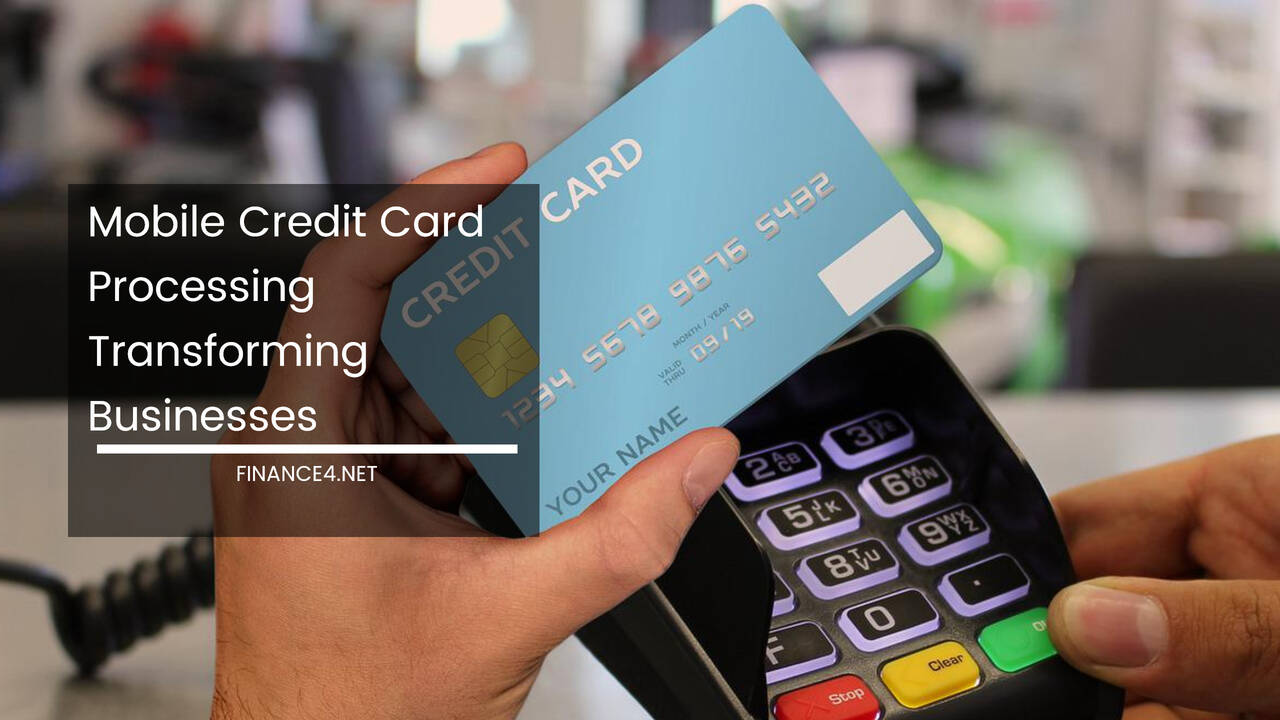Is UBI Right for You? Explore Usage-Based Car Insurance

Advantageous Options: Exploring Usage-Based Car Insurance
Imagine your car gleaming in the garage, a trusty companion for weekend adventures or the occasional grocery run.
But what if you, like millions of Americans, drive far less than the national average? Perhaps you telecommute or rely on public transportation most days.
Maybe city living means your car remains parked most of the time. In such cases, you might be unknowingly overpaying for traditional car insurance.
Miles Driven and the Traditional Insurance Model
The U.S. Department of Transportation reports the average American drives 13,476 miles annually. However, this figure varies significantly by age group.
Drivers between 35 and 54 log the most miles (15,291), while those over 65 drive considerably less (7,646). Gender also plays a role, with males averaging 6,000 more miles than females.
Historically, insurance companies have relied on a one-size-fits-all approach, linking higher mileage to greater accident risk.
While experience gained from frequent driving offers some benefit, it’s often overshadowed by the inherent dangers of public roads. Incompetent drivers, adverse weather, unpredictable situations, and even poorly designed roadways all contribute to the inherent risk of driving.
Even the most skilled driver can’t control others’ actions, and more time on the road translates to greater exposure to these dangers.
When requesting car insurance quotes, companies typically ask for an estimated annual mileage. This helps them gauge your risk profile based on broad averages and demographics. Ideally, they would have a clearer picture of your actual driving habits for a more accurate assessment.
Introducing Usage-Based Insurance: A Personalized Approach
Enter usage-based insurance (UBI), also known as “pay as you drive” (PAYD) insurance. This innovative approach goes beyond simply tracking miles driven. Pioneered by some of the leading car insurance companies, UBI takes a multi-faceted approach to assess your risk profile, creating a more personalized insurance experience.
At its core, UBI directly links the number of miles driven to your insurance premium. Companies might offer monthly refunds for driving less than the average or adjust your policy annually based on your previous year’s driving habits. This directly rewards those who drive less, potentially leading to significant cost savings.
Going Beyond Mileage: Capturing a Broader Driver Behavior Picture
Digital devices play a crucial role in UBI programs by capturing a broader range of driver behaviors. Advanced PAYD programs gather detailed data to create a comprehensive risk profile that goes beyond just the number of miles driven.
For instance, even if you drive only 1,000 miles annually, those miles could be on a dangerous highway at excessive speeds during rush hour. In such cases, your insurance rates would likely increase, not decrease.
Here’s a breakdown of the data points some PAYD systems capture, creating a more nuanced picture of your driving habits:
- Average speed: Consistently exceeding speed limits is a significant risk factor.
- Time of day driven: Nighttime driving statistically carries a higher risk of accidents.
- Distance traveled: Short, frequent trips pose less risk than long, uninterrupted journeys.
- Time spent driving: Extended periods behind the wheel can lead to fatigue and decreased focus.
- Route taken: High-traffic areas, congested roads, and accident-prone zones pose a greater risk.
The recent surge in mobile phone-related accidents has prompted insurance companies to explore monitoring phone usage while driving. Drivers who speed, drive long distances without breaks, or use their phones behind the wheel will face higher premiums.
Conversely, those who adhere to speed limits, avoid harsh braking, and keep their phones untouched will see a reduction in their insurance costs. This incentivizes safe driving habits and rewards responsible drivers.
Telematics and Real-Time Feedback: A Connected Approach
Some UBI programs, known as telematics insurance, offer a more dynamic approach with real-time feedback to both the driver and the insurance company.
These systems utilize devices that transmit data collected within the car to the insurance company via radio waves, often leveraging existing cellular networks.
This allows for immediate feedback on driving behavior and can potentially lead to more frequent adjustments to premiums based on real-time driving habits.
While coverage might be limited in areas with weak cellular service, this technology is becoming increasingly available nationwide.
Who Benefits Most from UBI? Understanding the Ideal Users
While anyone who practices safe driving habits can benefit from UBI, certain demographics stand to gain the most.
Young male drivers, often categorized as high-risk by traditional insurance, can significantly reduce their premiums by demonstrating safe driving behavior through UBI programs.
Here’s a closer look at some of the demographics that can expect substantial savings with UBI:
-
Commuters who rely on public transportation: If you rarely use your car for daily commutes, UBI can significantly reduce your insurance costs. Traditional insurance might not reflect your minimal driving habits, leading to overpayment.
-
Work-from-home professionals: With a home office setup, your car might primarily see weekend use or occasional errands. UBI programs can accurately reflect this reduced risk and offer substantial savings.
-
Eco-conscious drivers who minimize car usage: For individuals who prioritize eco-friendly practices and minimize driving, UBI can reward their commitment to the environment with lower insurance premiums.
Weighing the Potential Drawbacks: Considering the Limitations of UBI
No system is perfect, and UBI has its limitations. Here are some potential drawbacks to consider:
-
Differentiation between Low-Risk and High-Risk Travel: Some programs might not fully differentiate between low-risk and high-risk travel. Cruising on a quiet country road on a sunny afternoon is vastly different from navigating a winding mountain pass at night during a snowstorm. Ideally, UBI programs would account for these nuances, but such distinctions might not always be present.
-
Privacy Concerns with GPS Data Collection: Some PAYD systems continuously collect location data through GPS, which might raise privacy concerns for some drivers. While this data helps assess risk, transparency and clear communication from insurance companies regarding data usage is crucial.
-
Focus on Speeding as the Primary Risky Behavior: These systems primarily capture speeding as a risky behavior, neglecting other dangerous actions like running red lights, failing to use turn signals, or aggressive driving tactics. A more comprehensive assessment that captures a wider range of risky maneuvers would provide a more accurate picture of driving habits.
Considering UBI: A Smart Move for Low-Mileage Drivers
While UBI is still evolving, it offers a compelling option for drivers who consistently log fewer miles and prioritize safe driving practices. Partnering with leading insurance companies offering UBI programs can lead to significant savings. Utilize free online services to compare quotes from multiple UBI providers and discuss their specific programs with agents. By taking advantage of UBI, you can ensure you’re not overpaying for car insurance and reward yourself for being a responsible driver.
Beyond Cost Savings: Additional Benefits of UBI
The potential benefits of UBI extend beyond just cost savings. Here are some additional advantages to consider:
-
Promoting Safer Driving Habits: UBI programs incentivize safe driving by directly linking behavior to insurance costs. Drivers become more aware of their habits and are encouraged to adopt safer practices to lower their premiums.
-
Reduced Traffic Congestion: By encouraging fewer unnecessary car trips through lower insurance costs for minimal drivers, UBI can contribute to a slight decrease in traffic congestion, benefiting both drivers and the environment.
-
Fairer Premiums for Low-Mileage Drivers: UBI offers a fairer insurance pricing model for low-mileage drivers who are traditionally penalized by the one-size-fits-all approach of traditional insurance.
The Future of UBI: Continuous Innovation and Potential Expansion
The future of UBI is bright. As technology advances, we can expect UBI programs to become even more sophisticated. Here are some potential areas for future development:
-
Incorporation of Advanced Driver-Assistance Systems (ADAS) Data: Integrating data from ADAS features like automatic emergency braking and lane departure warnings can offer a more comprehensive picture of driving skill and risk assessment.
-
Real-Time Accident Avoidance Feedback: UBI programs might evolve to provide real-time feedback on near misses and potential accidents, further promoting safe driving practices.
-
Integration with Smart Car Technology: As connected car technology becomes more prevalent, UBI programs could seamlessly integrate with these systems to gather even more granular data on driving habits.
Final Thoughts: Exploring UBI for Potential Savings and a Safer Driving Future
If you’re a low-mileage driver who prioritizes safety on the road, UBI is definitely worth exploring. By partnering with reputable insurance companies offering UBI programs, you can potentially achieve significant cost savings while promoting safer driving habits.
As UBI technology continues to evolve, we can expect even more personalized and fair insurance options for responsible drivers in the future.



